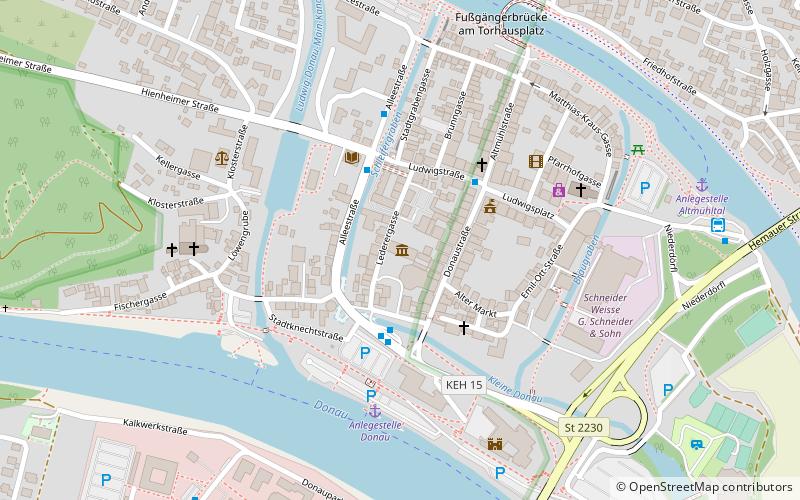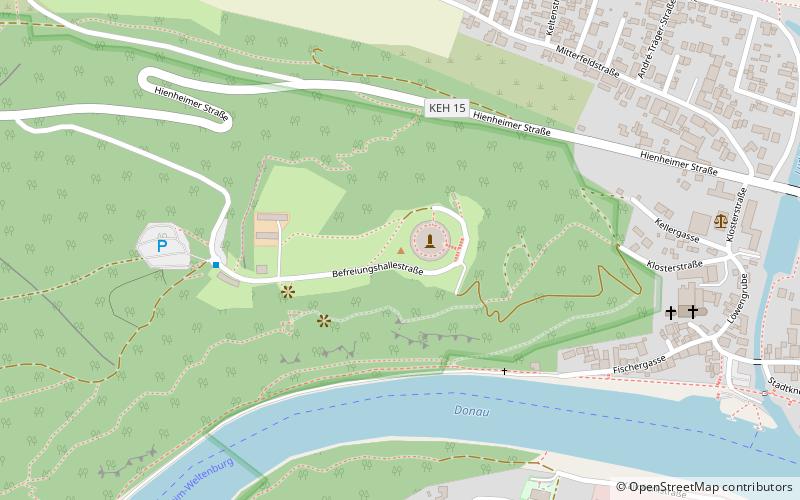Archaeological Museum, Kelheim


Facts and practical information
The Archaeological Museum of the City of Kelheim is a museum dedicated to the archaeology and history of the Lower Bavarian city of Kelheim.
The museum was founded in 1908 by the city of Kelheim. In 1981, the museum moved into the Herzogskasten, a municipal granary from the 15th century. The focus of the prehistoric and early historical collection on the first floor is on the history of the development of Kelheim and the surrounding area and covers the period from the Neanderthal man of the Altmühl valley to the first centuries after Christ. On the upper floor there is an exhibition on the history of the town, inaugurated in 1990, which goes back to the foundation of the ducal residence of the Wittelsbach dynasty in Kelheim and the founding of the town. Part of the upper floor is available for special exhibitions. Through numerous excavations in the course of the construction of the Rhine-Main-Danube Canal as well as through donations, the Historical Society and the museum were able to compile an extensive and chronologically complete stock of historical artifacts.
In the courtyard of the museum you can see an original section and the reconstruction of the original height of the fortification wall of the Celtic oppidum Alkimoennis, the remains of which are located on the Michelsberg.
The museum is the publisher of various specialist publications on prehistory and early history, such as the Kelheimer Museumsblätter and the Museumshefte. It was awarded the European Museum Special Prize by the Council of Europe on April 7, 1983.
11 LederergasseKelheim
Archaeological Museum – popular in the area (distance from the attraction)
Nearby attractions include: Alcimoennis, Befreiungshalle, Michelsberg, Altmühltor.





